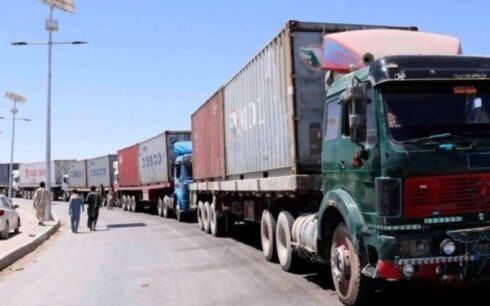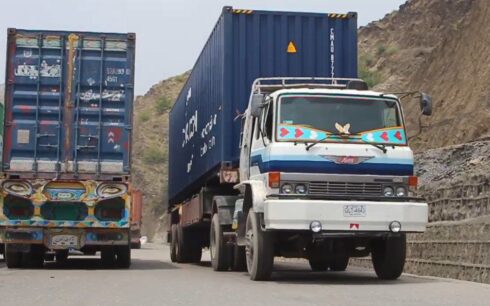Restarting Afghanistan’s digital payment system could make aid cheaper, faster, better targeted and more transparent, as well as help reach more women and the most marginalized, according to a new report released Wednesday by the United Nations Development Programme (UNDP) and the United Nations Capital Development Fund (UNCDF).
After August 2021, Afghanistan’s economic output collapsed by 20.7%, raising poverty rates to almost 95% and leaving nearly half the 40 million population food insecure. The same period also saw the collapse of the Afghanistan Payments System for digital transactions, hindering the delivery and monitoring of aid money and supplies.
“It’s never been more important to get emergency cash transfers to the people who need them when they need them the most, while ensuring that resources are not diverted along the way,” said UNDP Afghanistan Resident Representative, Stephen Rodriques. “This requires a digital payment system that can move money around the country at the touch of a button in a way that can be clearly tracked and monitored.”
In a 2022 survey of more than 17,000 households in Afghanistan two-thirds of respondents stated they would prefer to receive cash assistance.
UNDP and UNCDF began testing a digital payments system in March 2022, which disbursed over US$1 million directly to more than 15,000 people in need across nine provinces in Afghanistan. The project was able to cut transfer costs by 30% and reduce transfer times from 7 days to 48 hours.
“These results show the potential to make aid money go much further, much faster, if we can overcome some of the barriers to more widespread adoption of digital payments, with a particular focus on reaching women and improving their lives,” said UNCDF Regional Coordinator for Asia, Maria Perdomo.
The report released Wednesday, Interoperability of financial services providers: Afghanistan, outlines the major obstacles to re-establishing the Afghanistan Payment System and provides recommendations to address them.
The lack of interoperability among banks and other financial service providers, meaning that funds from one provider cannot be sent to and accessed from accounts registered with another, is a major obstacle to the development of financial services for the country. Overcoming this will require investments in addressing the governance of the interoperable digital payments system, providing technical assistance and training to financial service providers, and making sure that new digital payment systems are accessible to all, including women and the most marginalized, according to the report.
Other barriers to the widespread adoption of digital financial services noted in the report include a lack of identification documents and smartphones, poor mobile network coverage outside major cities, a lack of financial and digital skills, a lack of confidence in digital payments compared to traditional money transfer providers (hawalas) and inadequate coordination among financial service providers, donors and governments.
Some of these barriers are particularly high for women in Afghanistan since they are less likely to have access to smartphones or possess digital skills and they can be restricted from visiting banks and ATMs.
“The challenges are significant, but if all stakeholders come together, we can create a payments system that will work better for everyone, including women and marginalized groups,” added Rodriques.





